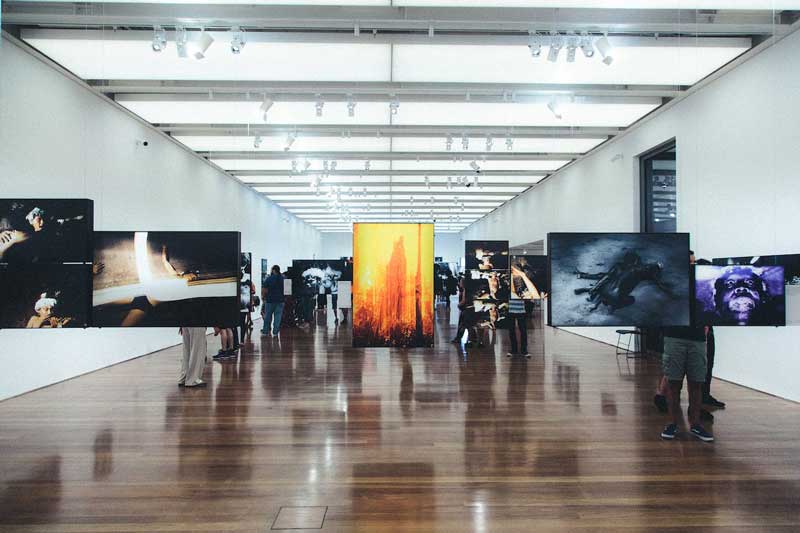
Transforming Museums through Eco-Friendly Installations
Museums are not just treasuries of history and art; they are evolving spaces that reflect our changing values and priorities. In recent years, the global shift towards sustainability has prompted museums to reconsider their practices, including the way they design and install exhibits. This blog explores the fascinating world of museum installations and how a growing commitment to sustainability is shaping these cultural spaces.
The Environmental Impact of Museum Installations:
Museums traditionally haven’t been the first places one might associate with environmental concerns, but the materials and energy used in creating exhibits can have a significant impact. From lighting to construction materials, the choices made during the installation process contribute to a museum’s carbon footprint.
Greening the Exhibition Space:
Sustainable museum installations start with the design of the exhibition space. Many museums are now incorporating eco-friendly materials, such as recycled or upcycled elements, into their installations. From display cases made of reclaimed wood to carpets fashioned from recycled fibres, these choices not only reduce environmental impact but also inspire visitors to think about sustainability.
Energy-Efficient Lighting:
Lighting is a crucial aspect of any museum exhibit, but traditional lighting systems can be energy-intensive. Museums are increasingly adopting LED lighting, which not only consumes less energy but also produces less heat, helping to preserve delicate artefacts. Motion sensors and programmable lighting systems further enhance energy efficiency.
Interactive and Educational Installations:
Sustainable museum installations go beyond just using eco-friendly materials. Many exhibits are now designed to educate visitors about environmental issues and inspire them to make positive changes in their own lives. Interactive displays, virtual reality experiences, and hands-on activities engage visitors in a meaningful way, fostering a sense of environmental stewardship.
Recycling and Repurposing:
Museums are embracing the concept of circular design by incorporating elements that can be easily recycled or repurposed after the exhibition ends. This not only reduces waste but also encourages a mindset of reuse and resourcefulness. Visitors, too, can be inspired to adopt similar practices in their daily lives.
Community Involvement and Collaboration:
Sustainable museum installations often involve collaboration with local communities and artists. This not only supports local talent but also fosters a sense of community ownership and pride. By involving diverse voices in the creation of exhibits, museums can address a wide range of social and environmental issues.
In the evolving landscape of museums, sustainability has become a central theme. At MER, we are passionate about creating high end high-end interior installations for prestigious museums and are always looking for ways to make our installations even more sustainable. Museum installations are no longer just about showcasing artefacts; they are a reflection of our commitment to creating a more sustainable future. As visitors engage with these eco-friendly exhibits, they not only gain insight into the past but also become catalysts for positive change in the present and future. The sustainable museum installation is a testament to the power of culture and creativity in driving environmental awareness and action.
